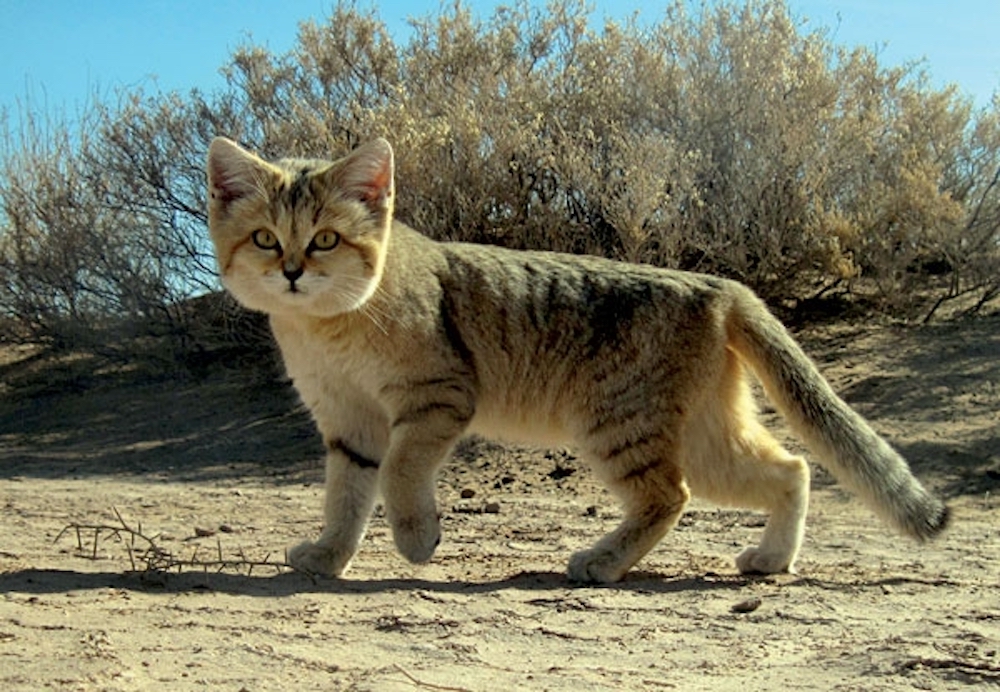
Sand Cat FAQs: Unveiling the Desert’s Adorable Hunter
The sand cat (Felis margarita), with its mesmerizing eyes and petite stature, is a captivating creature that thrives in the harsh desert environment. Often called the “king of the desert,” these adorable felines hold many secrets within their sandy domain. Let’s delve into some frequently asked questions about sand cats:
1. Where do sand cats live?
Sand cats are perfectly adapted to life in hot deserts. Their range stretches across North Africa, the Arabian Peninsula, and parts of Central Asia. They prefer sandy habitats like sand dunes, semi-deserts, and steppes.
2. How small are they?
Sand cats are indeed tiny! They are among the smallest wild cat species, with adults typically weighing only 2-5 pounds (1-2.5 kg) and reaching a body length of around 18-20 inches (45-50 cm) excluding their tail.

3. What do they look like?
Sand cats have a thick, pale fur coat that provides excellent camouflage in the desert. Their large, dark eyes not only enhance their night vision but also contribute to their undeniably cute appearance. Their wide paws with fur-covered toes act like snowshoes, helping them distribute their weight and navigate the loose sand.
4. Are they nocturnal?
Absolutely! Sand cats are primarily nocturnal creatures. They emerge at dusk to hunt for prey and avoid the scorching desert heat during the day. They spend their days seeking refuge in burrows dug by other animals like foxes or fennec foxes.
5. What do sand cats eat?
Sand cats are skilled hunters, with a diet consisting mainly of rodents, lizards, jerboas, and small birds. Their keen hearing allows them to locate prey hidden beneath the sand and they are skilled diggers. Their short legs and powerful bodies make them surprisingly fast and agile in the desert terrain. The surprising item on their menu: sand cats are notorious snake hunters, particularly of venomous horned and sand vipers, which they stun with rapid blows to the head before sinking the kill with a neck bite.
6. How much do they travel?
Sand cats’ home range sizes vary according to ecological conditions and vegetation cover available for prey animals. Sand cats have been recorded to move long distances in a single night. In Morocco, one male travelled more than 14 km in a straight line in less than 30 hours.
7. Are they social animals?
Sand cats are generally solitary creatures, except during mating season or when mothers are raising their young. Kittens typically stay with their mother for a few months before venturing out on their own.

8. Are sand cats endangered?
The good news: sand cats are not currently classified as endangered. However, habitat loss due to desertification and human encroachment are potential threats. Additionally, they are sometimes captured for the illegal pet trade.
9. What can we do to help sand cats?
- Support organizations working on desert conservation and habitat protection.
- Raise awareness about the importance of preserving these unique creatures.
- Advocate for responsible pet ownership and discourage the illegal wildlife trade.
By understanding and appreciating these desert dwellers, we can help ensure sand cats continue to roam the sandy landscapes for generations to come.






